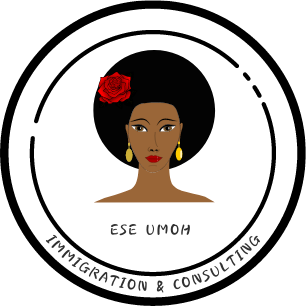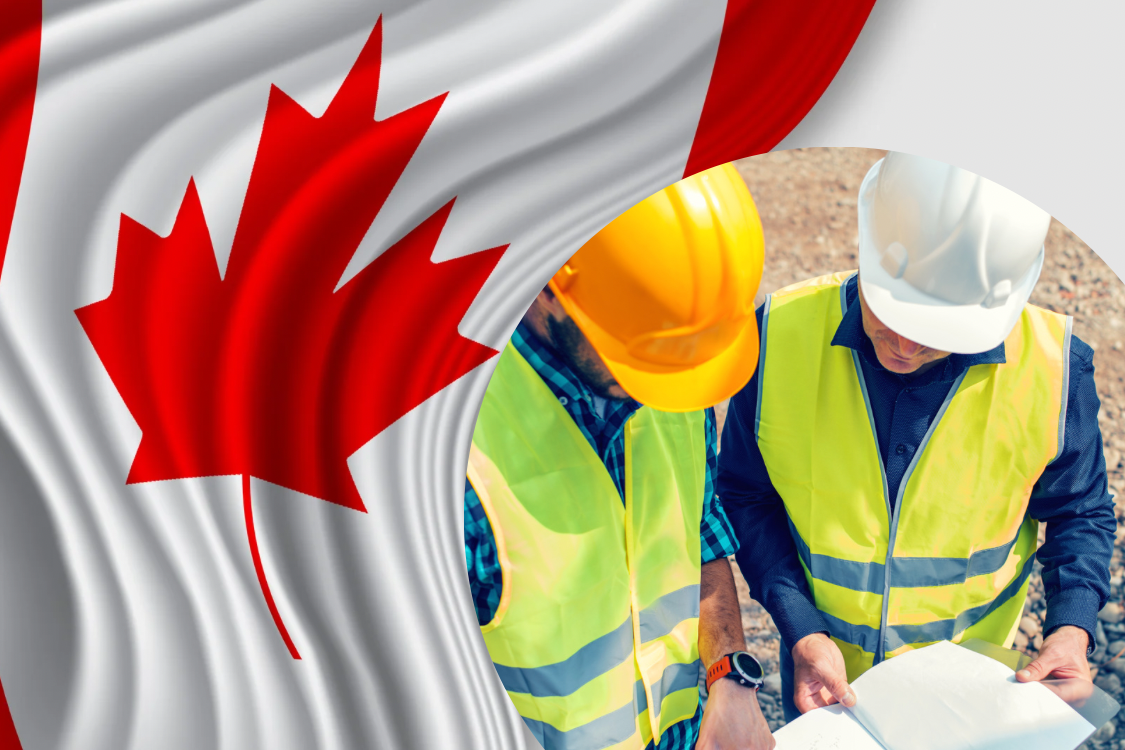Dear future neighbour,
Immigration, Refugees and Citizenship Canada (IRCC) conducted the latest round of invitations under the Express Entry system on Monday, September 29, 2025. The draw, officially Express Entry Draw #369, was targeted specifically at candidates who had secured a Provincial Nomination.
Key Results of Draw #369
•Date of draw: September 29, 2025
•Draw type: Provincial Nominee Program (PNP)–specific
•Number of Invitations to Apply (ITAs): 291
•Minimum CRS score required:855
•Tie-breaking rule: April 8, 2025
Only candidates who had already received a provincial nomination and whose Comprehensive Ranking System (CRS) score met or exceeded 855 were invited to apply.
Why the Cut-off is So High
The CRS cut-off of 855 is steep but expected in a PNP-specific draw. A provincial nomination alone adds 600 points to a candidate’s CRS score. This means the base CRS of invited candidates was around 255 or higher before the nomination boost.
For comparison:
•Recent trade occupation draws required CRS scores around 505.
•The recent education category draw had a cut-off of 462.
•A French-language draw earlier in September had a threshold as low as 446.
This makes PNP draws unique — they are small, highly selective, and aimed at candidates already endorsed by Canadian provinces.
See below summary of Express Entry draws in 2025
| Date | Draw Type | Number of ITAs | Cut-off CRS score |
|---|---|---|---|
| September 29 | Provincial Nominee Program | 291 | 855 |
| September 18 | Trade | 1,250 | 505 |
| September 17 | Education | 2,500 | 462 |
| September 15 | Provincial Nominee Program | 228 | 746 |
| September 4 | French language proficiency | 4,500 | 446 |
| September 3 | Canadian Experience Class | 1,000 | 534 |
| September 2 | Provincial Nominee Program | 249 | 772 |
| August 19 | Healthcare and social services | 2,500 | 470 |
| August 18 | Provincial Nominee Program | 192 | 800 |
| August 8 | French language proficiency | 2,500 | 481 |
| August 7 | Canadian Experience Class | 1,000 | 534 |
| August 6 | Provincial Nominee Program | 225 | 739 |
| July 22 | Healthcare and social services | 4,000 | 475 |
| July 21 | Provincial Nominee Program | 202 | 788 |
| July 8 | Canadian Experience Class | 3,000 | 518 |
| July 7 | Provincial Nominee Program | 356 | 750 |
| June 26 | Canadian Experience Class | 3,000 | 521 |
| June 23 | Provincial Nominee Program | 503 | 742 |
| June 12 | Canadian Experience Class | 3,000 | 529 |
| June 10 | Provincial Nominee Program | 125 | 784 |
| June 4 | Healthcare and social services | 500 | 504 |
| June 2 | Provincial Nominee Program | 277 | 726 |
| May 13 | Canadian Experience Class | 500 | 547 |
| May 12 | Provincial Nominee Program | 511 | 706 |
| May 2 | Healthcare and social services | 500 | 510 |
| May 1 | Education | 1,000 | 479 |
| April 28 | Provincial Nominee Program | 421 | 727 |
| April 14 | Provincial Nominee Program | 825 | 764 |
| March 21 | French language proficiency | 7,500 | 379 |
| March 17 | Provincial Nominee Program | 536 | 736 |
| March 6 | French language proficiency | 4,500 | 410 |
| March 3 | Provincial Nominee Program | 725 | 667 |
| February 19 | French language proficiency | 6,500 | 428 |
| February 17 | Provincial Nominee Program | 646 | 750 |
| February 5 | Canadian Experience Class | 4,000 | 521 |
| February 4 | Provincial Nominee Program | 455 | 802 |
| January 23 | Canadian Experience Class | 4,000 | 527 |
| January 8 | Canadian Experience Class | 1,350 | 542 |
| January 7 | Provincial Nominee Program | 471 | 793 |
The Role of Provincial Nominations
Canada’s Provincial Nominee Program allows provinces and territories to nominate immigration candidates who have skills and experience aligned with local labour market needs. Once nominated, candidates get a major CRS boost, almost guaranteeing an Invitation to Apply (ITA) when IRCC conducts a PNP-specific draw.
The 291 invitations in this round reflect both the provinces’ labour needs and IRCC’s ongoing effort to use category-based and targeted draws to address shortages across regions and industries.
What This Means for Candidates
1.PNP remains a golden ticket: If your CRS is not competitive in general or occupation-based draws, pursuing a provincial nomination remains one of the most effective ways to secure permanent residency.
2.Early submission is critical: The tie-break rule shows that timing matters — among candidates at the cut-off score, those who submitted earlier received priority.
3.Expect continued category focus: In 2025, IRCC has leaned heavily on targeted draws (PNP, trades, education, French, healthcare), reducing reliance on broad all-program rounds. Candidates should keep monitoring which categories align with their profile.
With Canada’s ongoing immigration targets set to remain high, IRCC is expected to continue alternating between category-based draws and PNP-specific draws to meet both national and provincial labour needs.
Candidates aiming for Canadian permanent residency are advised to:
•Explore provincial nomination opportunities actively.
•Keep CRS scores competitive by improving language results, education credentials, and Canadian work experience where possible.
•Stay updated on IRCC’s draw schedules and categories to anticipate upcoming opportunities
Need help with your Canadian immigration process?
Whether you’re applying for a visitor visa, submitting a work permit or visa application, creating an Expression of Interest (EOI), setting up an Express Entry or Provincial Nomination profile, preparing your application after receiving an Invitation to Apply, or simply want a professional review of your self-prepared application, we’re here to assist you.
Schedule a consultation or contact us at:
info@eseumohimmigration.com











